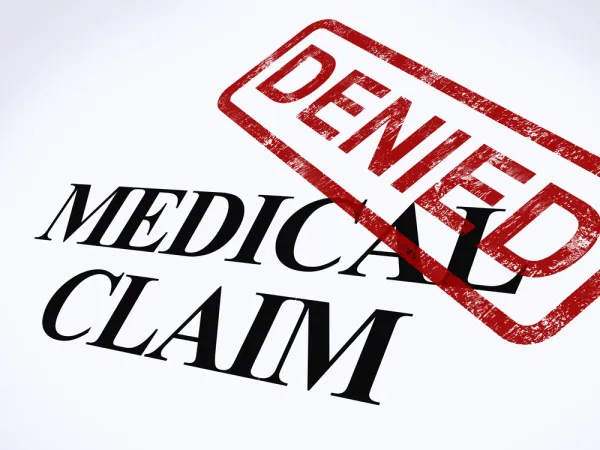EM Coding Alert
Check Your 99291 Smarts Against These Scenarios
Can you get all the codes right on these 2 cases?
Deciphering encounter notes to find out if, and why, critical care occurred is the key to successful claims. Test your coding knowledge by trying to code these case studies correctly, right down to the ICD-10 codes.
(Cases come courtesy of Jill Young, CPC, CEDC, CIMC, owner of Young Medical Consulting in East Lansing, Mich.)
Case 1
The physician is called to the postoperative recovery area because a patient is in atrial fibrillation six hours after a gall bladder removal surgery. The patient has developed an abscess and is also in septic shock.
During the encounter, the physician is either at the patient’s bedside, or at the nurse’s station to administer medication to stop the irregular heartbeat and monitor the patient. The physician is watching for signs that the heartbeat has returned to normal, and the patient is out of danger. The physician is also watching for signs of toxicity related to the medication, to be sure the patient does not develop additional symptoms or get worse. Notes indicate that the physician spent 38 minutes providing these services.
Case 1 Coding
Since the notes indicate that the physician spent only 38 of the 104 documented minutes within the encounter exclusively stabilizing this critically ill patient, it is critical care. You should report 99291 (Critical care, evaluation and management of the critically ill or critically injured patient; first 30-74 minutes) for the critical care time, and include the following diagnoses in this order to fully depict the patient’s critical condition:
Case 2
A patient reports to the emergency department (ED) in respiratory distress. He is a three-packs-a-day smoker with a diagnosis of chronic obstructive pulmonary disease (COPD). The physician administers breathing treatments and is monitoring the patient’s oxygen saturation and blood gases. During the entire encounter, the physician is either at the patient’s bedside or at the nurse’s station monitoring the patient for respiratory or cardiac arrest. Total encounter time is 104 minutes.
Case 2 coding
Since the notes indicate that the physician spent all 104 documented minutes of the encounter exclusively stabilizing this critically ill patient, the whole period of time is considered critical care. You should report 99291 and 99292 (… each additional 30 minutes [List separately in addition to code for primary service]) for the critical care, and include the following diagnoses in this order to fully depict the patient’s critical condition:
Remember: As critical care time increases, so would the quantity of 99292 units that you can report. For every 30 minutes after the first 74 minutes of critical care, you can report another unit of 99292. The quantity billed field should indicate how many 30-minute segments the provider performed and documented.
Related Articles
EM Coding Alert
- Dual-Provider Coding:
Remember, Concurrent Care Cannot Address the Same Concern
Here’s the difference between ‘concurrent,’ ‘duplicative.’ If your physician performs an evaluation and management (E/M) [...] - Critical Care Q&A:
Answer These 3 Questions to Solidify Critical Care Coding
If the ‘critical care’ doesn’t last 30 minutes, we’ve got the coding solution. One of [...] - Case studies:
Check Your 99291 Smarts Against These Scenarios
Can you get all the codes right on these 2 cases? Deciphering encounter notes to [...] - Quick Dx Tips:
Reduce Coding Headaches by Knowing Chronic Migraine Symptoms
Experts: You have to know which migraines qualify as chronic to code correctly. Any medical [...] - Reader Question:
Observe 8-Hour Rule on 1-Day Observations
Question: One of our physicians performed an observation service for a patient that lasted a very [...] - Reader Question:
Check for Physician Involvement on Cast Removals
Question: A 10-year-old male patient presents to the emergency department (ED) for treatment of a fractured [...] - Reader Question:
Check Payers' Policies on Modifier SA
Question: We employ a nurse practitioner (NP) at our office. When she provides supervised services, should [...] - You Be the Coder:
Coding Late-Occurring and Private Payer IPPEs
Question: I know how to code initial preventive physical exams (IPPEs) for most of our Medicare [...]




